Corn can improve gut health, lower cholesterol and protect your vision
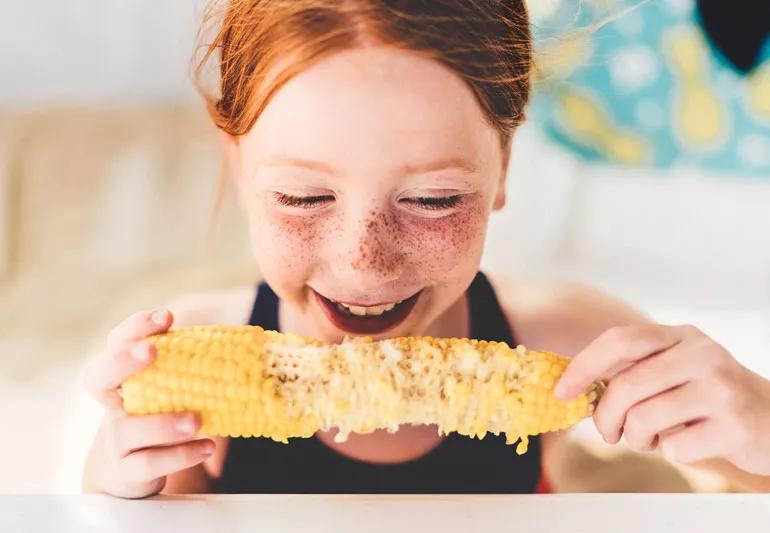
The average American eats about 5.5 pounds of fresh sweet corn every year, making it one of the most popular crops grown in the United States. Corn is quite versatile. You can eat it fresh on or off the cob (it’s a vegetable!). Or in products like cereal, grits and tortillas (it’s a grain!). It even has its very own popular song (It’s Corn!).
Advertisement
Cleveland Clinic is a non-profit academic medical center. Advertising on our site helps support our mission. We do not endorse non-Cleveland Clinic products or services. Policy
But can something so multifunctional and delicious be good for you? For the most part, yes, says registered dietitian Elyse Homan, MS, RD, LD. Corn has lots of health benefits. It has plenty of insoluble fiber, making it a low-glycemic index food. That means you digest it slowly, so it doesn’t cause a sudden, unhealthy spike in your blood sugar.
Nutritionally, a half cup of corn (about one medium-sized ear) has approximately:
Homan discusses more about how this food — popular with people of all ages — is good for you.
“You can eat corn fresh, frozen or canned. Any way you eat it, corn can be part of a healthy diet — just don’t add a lot of extras like butter and salt,” says Homan. Instead, try healthier corn toppings like olive oil, lime juice, reduced-fat feta cheese or salsa. Whole-grain corn in cornmeal, corn flour, polenta, grits and even popcorn also has health benefits.
But high-fructose corn syrup or corn sugar, a sweetener found in many processed foods like cereals, breads, cookies and crackers, increases your risk of obesity, diabetes and other health issues. “It’s best to avoid products made with corn syrup,” states Homan.
Advertisement
Here’s a look at six health benefits of corn:
Corn is high in insoluble fiber, which bulks up stool (poop) and prevents constipation. If you’ve ever noticed what looks like whole kernels of corn in your poop (or your kid’s diaper) it’s not because there’s a problem with your digestive system.
“Your digestive system breaks down the fleshy inside part of the corn kernel, which has the important nutrients, vitamins and fiber,” explains Homan. “Those kernels in your poop are the waxy, tough outer shell made of cellulose.” Your body can’t digest these fibrous shells. They ferment in your intestines, which is why you may feel gassy after eating a lot of corn.
Corn fiber also acts as a prebiotic. “Prebiotics feed the healthy bacteria in your gut,” she continues. “They help your digestive system break down and absorb nutrients from corn.” During this process, bacteria in your gut microbiome change corn into a product called short-chain fatty acids. These fatty acids may lower your risk of colorectal cancer.
A medium ear of yellow corn has almost 900 micrograms of antioxidants called lutein and zeaxanthin. A 2018 study suggests that these antioxidants promote healthy vision and eyes.
Antioxidants also protect your body from free radicals, molecules that cause chronic inflammation, heart disease and other conditions. Antioxidants also keep your immune system healthy, so it can fight viruses, bacteria and infections.
Another 2018 study found that people with high cholesterol who consumed 4 tablespoons of corn oil a day in baked goods had lower cholesterol levels than those who consumed the same amount of coconut oil (also in baked goods).
Corn oil contains phytosterols, a natural plant substance that minimizes how much cholesterol your body absorbs. It also has ubiquinone (CoQ10), a heart-healthy vitamin that may lower your risk of heart damage.
“Corn oil can be a healthy cooking oil option as long as you use it in moderation,” says Homan. “It has healthier essential fatty acids, or polyunsaturated fats, that give you energy.”
While you may be most familiar with yellow or white corn, the vegetable comes in many colors. Blue and purple corn get their color from anthocyanins, an antioxidant linked to lowered blood pressure and a decreased risk of heart disease and cancer.
In addition to fiber and antioxidants, those golden kernels have a lot of nutrients and vitamins. A medium-sized ear (about a half cup) of corn has:
Advertisement
Natural sugars in corn give the kernels their sweetness. But corn is still relatively low in sugar. A medium ear has 4 grams of natural sugar — less than a third of the sugar in a Red Delicious apple.
Corn’s low-sugar, high-fiber, complex-carb profile places it low on the glycemic index. “Your body gradually breaks down low-glycemic foods, providing a slower release of energy,” says Homan.
Corn is naturally gluten free, making corn and corn products a great option for those with celiac disease or gluten sensitivity. But read food labels carefully when buying corn-based products. Some items may have added gluten.
Advertisement
Learn more about our editorial process.
Advertisement

When it comes to getting proper nutrition, your assigned sex can play a role — but there’s more to it than that
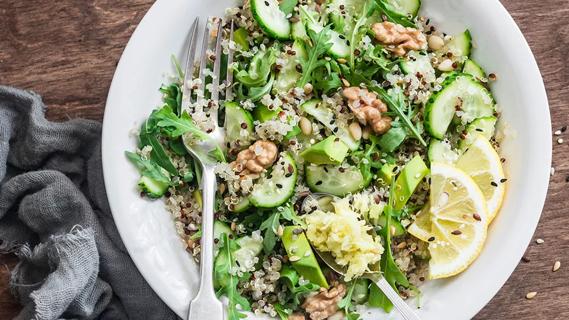
Ground flaxseed is full of heart-healthy omega-3s, antioxidants and fiber, and easy to add to just about any recipe
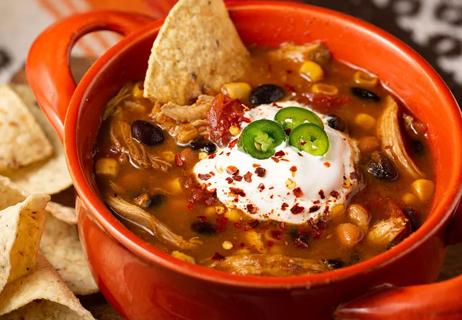
From meat to beans, we’ve got some ideas to help you create the perfect-for-you chili recipe
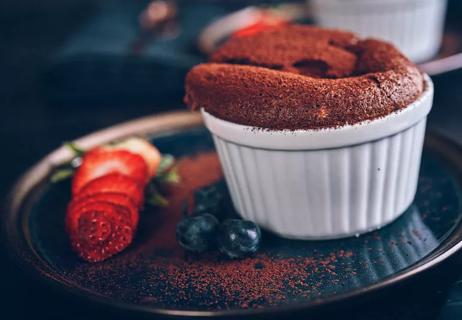
Only 130 calories per serving, this dessert deserves your attention

Plan ahead, bring a cooler when possible and don’t forget the water!
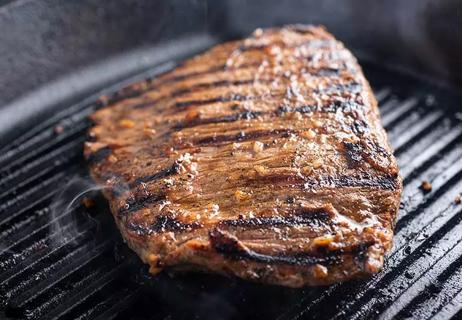
A delicious twist on grilling
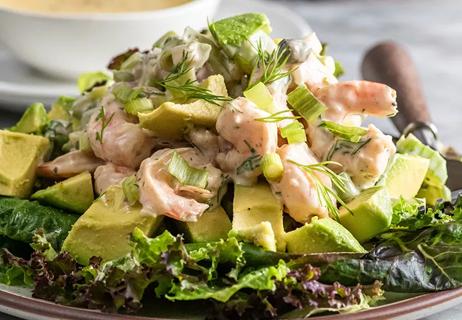
A cool, refreshing and satisfying salad!

Type 2 diabetes isn’t inevitable with these dietary changes

Applying a hot or cold compress can help with pain